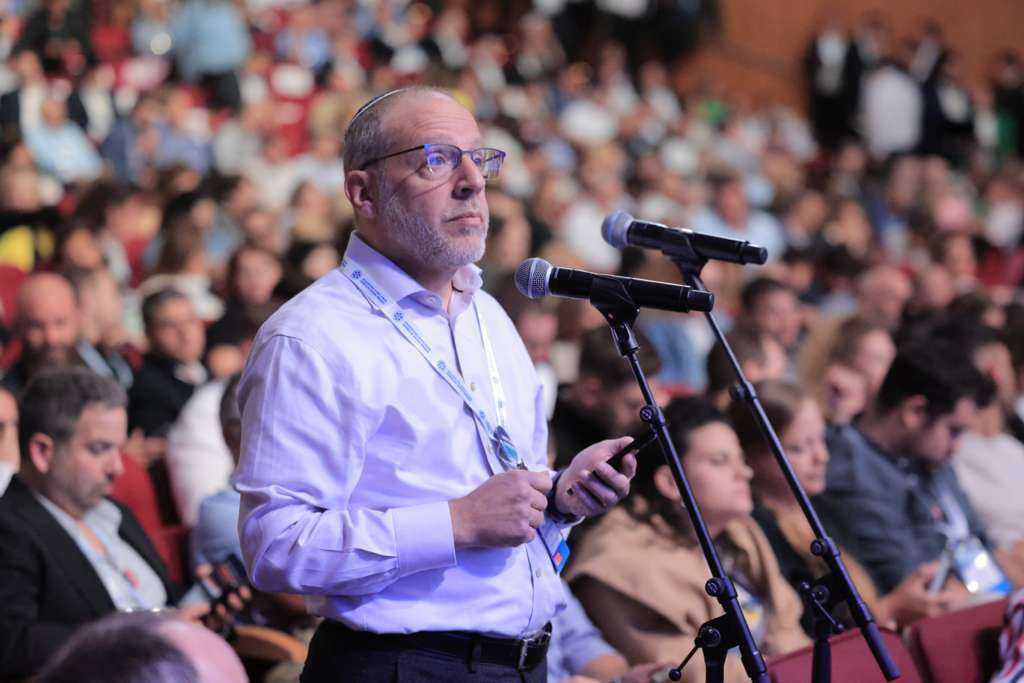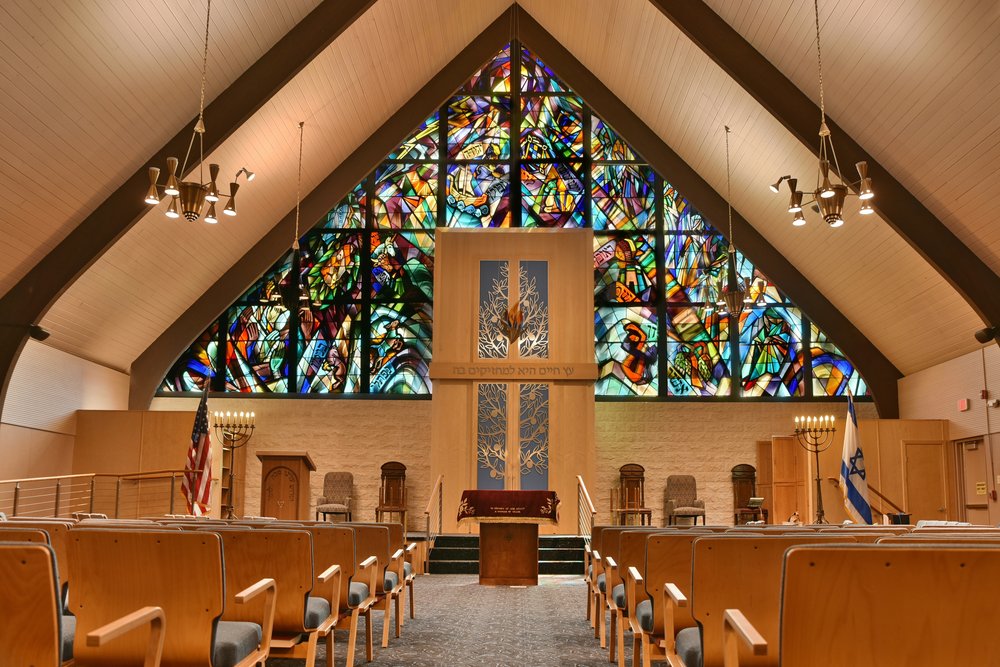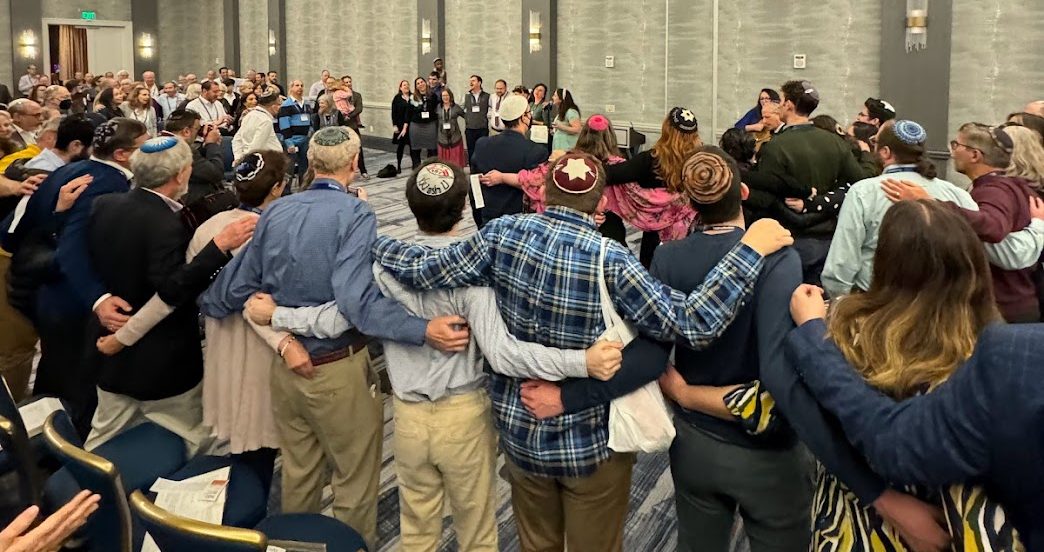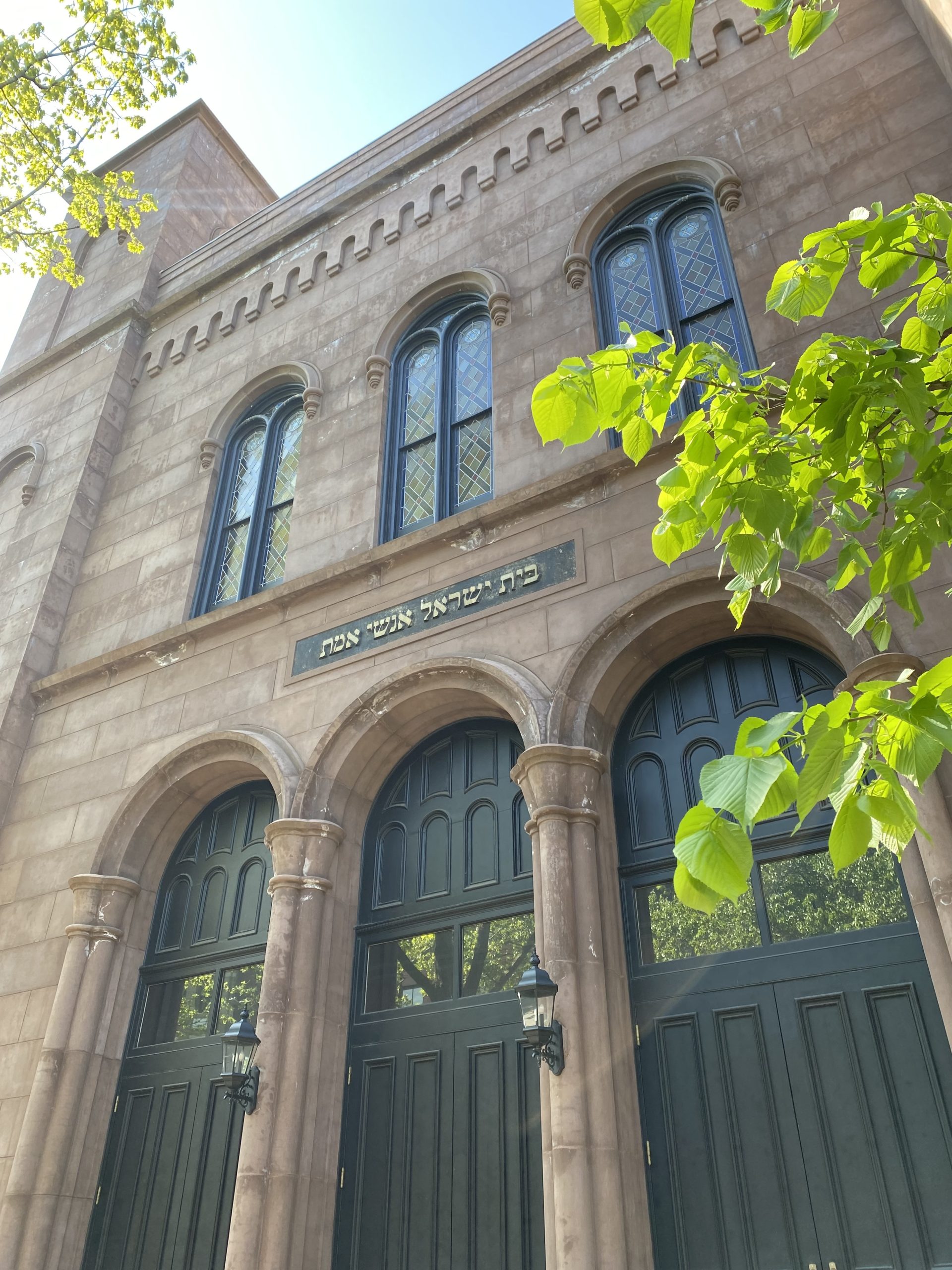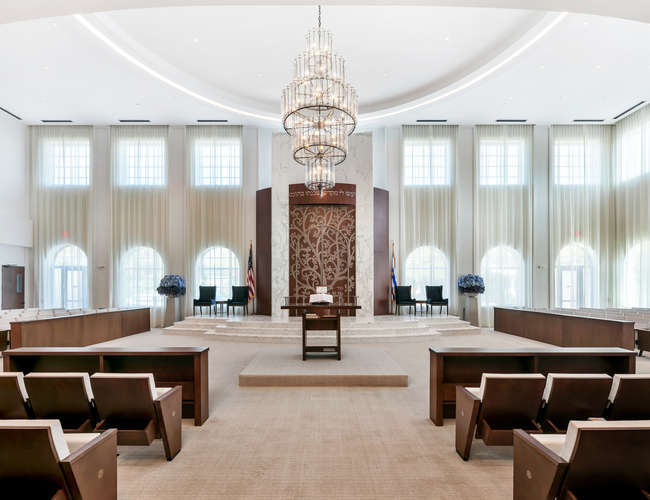
Even before Passover ended, many of our synagogue clergy and lay/professional leadership had turned their attention to the big question: “What will happen for the High Holidays this year?”
Beyond their religious significance, this was a totally understandable question to pose. For many synagogues, the fall holidays represent a key incentive for membership renewal and revenue collection for the entire financial year. A good High Holiday season, including membership payments, Kol Nidre or Annual Fund campaign commitments, seat and honor purchases, donations to Yizkor scrolls, and more can be absolutely critical to the financial sustainability of our synagogues.
Now that we are completing the High Holiday season, most synagogue leaders will be taking stock of their synagogue’s financial status and how to move forward to survive and thrive in these uncertain times. Here are some ideas of ways to approach financial sustainability:
- Now that you have real budget numbers, it’s time to revise and update your annual budget. Many synagogues have fiscal years that run from July 1 – June 30 and budgets that were prepared during the height of the crisis and building closings of last April, May, and June. Without a clear sense of what membership would look like, it was nearly impossible to create full-year budgets with any real confidence. But by now, most synagogues will have actual numbers from schools and day care, Kol Nidre campaigns, and other High Holiday related revenues. I also encourage synagogue leadership to do a follow-up campaign with membership regarding renewal and maximizing the Kol Nidre or Annual Fund campaigns.
- Restart: Does zero-based budgeting make sense at this time? Zero-based budgeting looks at your budget anew each year. Each expense and revenue area needs to be justified for each new period of time. This year might be the right time to really analyze and take apart your budget to examine your discretionary spending. Does your budget really reflect your priorities as a community?
- If membership is down, find out why. While it can be easy to blame the loss of members on the pandemic and economic environment, that isn’t the sole reason that members leave. Some move or pass away, but others choose to leave for a number of non-financial reasons. Is your programming meeting their needs? Are they feeling disconnected and without necessary relationships and connections? The only way to know is to reach out to members that haven’t renewed and discuss it with them.
- Is it time to re-evaluate your dues model? This could be an opportunity to change your approach to affiliation and support. What percentage of your revenue stream is represented by synagogue dues? Do you see your current dues model as a deterrent to affiliation? The current situation presents a good opportunity to use that information and make some important decisions.
- Re-evaluating sacred cows is healthy. I have heard from many synagogue leaders that in this challenging period, they’ve had to make radical changes to prayer, study, and other program experiences. In many cases, the changes went over better than expected. Now is an excellent time to evaluate the “that’s the way we always do it” mindset.
- Examine the impact of relational Judaism on future financial sustainability. One of the big themes coming out of the pandemic is how synagogues had to shift from in-person to virtual programming and in many ways from transactional to relational interactions. Many synagogue lay and professional leaders have commented how good they feel about the amount of connectivity they have developed and maintained with their membership – often with members who otherwise weren’t as involved. This is the right time to take these positive lessons regarding relational Judaism and integrate them into your culture going forward.
- Understanding staffing costs versus “brick & mortar.” Many synagogue leaders have started to look differently at the make-up of their budget and expenses since building lockdowns were imposed in many places. While a significant part of spending is related to building expenses (including energy costs, office and cleaning supplies, food, business related contracts, security, and more), we have seen how in a more virtual world expenses are attributed more to things like technology and the importance of having enough staff to meet the needs of the community above anything else. We have seen that our synagogue communities are the people and not necessarily the buildings. Could some of that shift become permanent?
- The importance of High Holidays fundraising follow up and thanks. Now is the time for doing follow up calls and letters to maximize the Kol Nidre or Annual Fund appeal, thanking everyone who has given so generously. Immediate follow up is the way to finish strong.
- The virtual impact on fundraising going forward. Over the last seven months, many synagogues cancelled or restructured fundraising events. Since this virtual reality will be with us for many more months, it is crucial that leadership not give up on fundraising altogether, but instead find creative ways to generate the needed revenues throughout the year. There are many great programs and examples of highly successful events including galas, concerts, and more. Don’t be afraid to ask!
- Develop an endowment/legacy program. All synagogues should be fully invested in creating or building an endowment/legacy program. As of two years ago, only 32% of Conservative synagogues had an active, formal endowment/legacy program in place. Every sacred community has a strong, committed core group of members who can be of support.
This year, more than ever, the post High Holiday period will allow synagogue leaders the opportunity to reset their financial expectations and implement important lessons learned to help provide and ensure financial sustainability for the foreseeable future.




